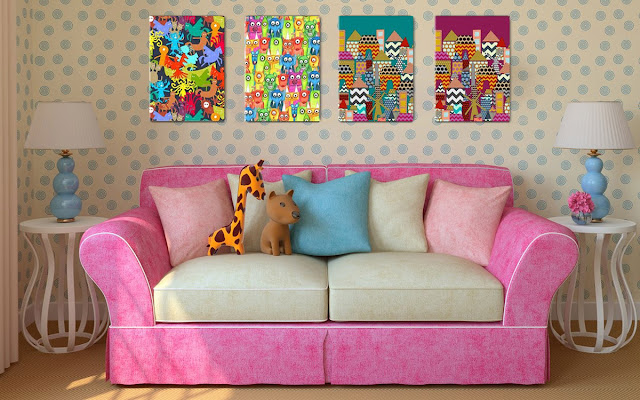What Methods Can be Used to Print on Glass?
By applying your own artwork on the glass, you can make it come alive. Glassware that has been decorated gives visual value to your products while also distinguishing your brand from competitors. The extra refinement of embellished items helps to boost your company's total earnings.
Printing on glass may be done for a variety of reasons, including promotional, aesthetic, and utilitarian purposes. The printed pint glass seen above exemplifies how eye-catching a mix of intriguing artwork and high-quality print can be. There is no clear-cut "best way to print on glass," as each approach has its own set of advantages. Let’s know about the various methods used to print on glass in brief.
Which printing methods to choose?
Choosing a printing method to print on glass necessitates familiarity with the various procedures, equipment, and other materials you'll be using. It's critical to know the capabilities and limits of each approach, especially if you're planning to purchase new equipment for your business.
You must consider the type of glass you'll be printing on, your design aims, and any manufacturing restrictions when determining the optimal printing process when print on glass.
Screen printing
This is an excellent way for printing single-color or two-color designs. Colorful patterns are conceivable, but they need more effort, which can be costly. One-off printing is physically and monetarily impossible due to the amount of setup time required.
Screen printing causes a seam when printing 360 degrees, in addition to the extra setup time. Screen printing may be done on any glass item, whether it's flat, somewhat curved, or cylindrical. This process produces a one-of-a-kind aesthetic effect with vibrant, bright hues.
Digital Printing:
For printing on handle less items such as pint glasses, circular mason jars, wine glasses, candle holders, and more, digital printing is the technique for print on glass. The ability to generate full-color, flawless full-wrap graphics and pictures is one of the most significant advantages of digital print on glass ware. Digital cylinder printers come in a number of sizes and can handle everything from long-run to medium-run to short-run output.
Pad Printing:
Pad printing is a great option for print on glass with low-mix, high-volume production runs. Pad printing typically employs only one or two colours, but devices like Inkcups' 2506 heavy duty 6-color pad printing machine can print up to six colours. Pad printing is the best option for printing basic logos or artwork on shot glasses or mugs.
Pad printing creates crisp, high-resolution pictures that are simple to reproduce for big production runs. This approach is ideal for printing on three-dimensional surfaces or irregularly shaped items.
Conclusion
In the sense that businesses are choosing to manufacture a piece of glassware for repeated use rather than a throwaway or limited lifespan choice, print on glass is a sustainable solution. Choosing a glass over a plastic cup is a more ecologically responsible option for your business, since it reduces the number of throwaway items in circulation.

.jpg)

Comments
Post a Comment